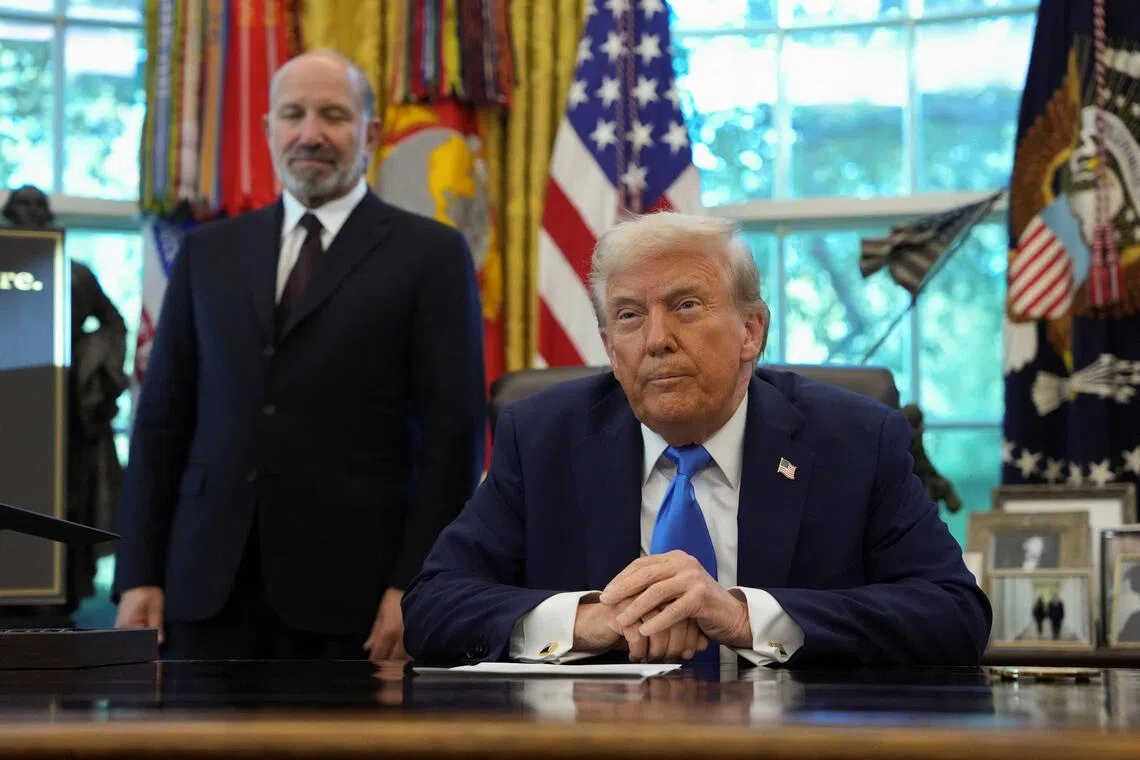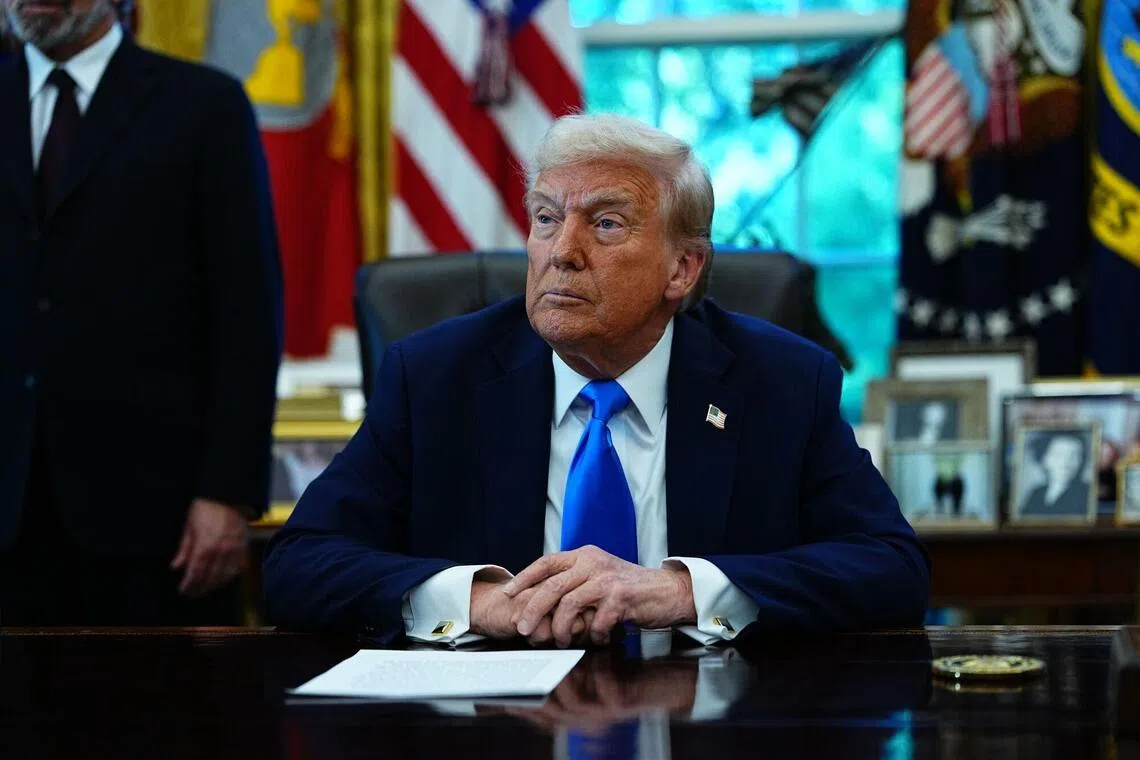S’pore must manage new arrivals with utmost caution, but also stand firm against nativism: SM Lee
Senior Minister Lee Hsien Loong at a dinner hosted by the Singapore Indian Development Association and 14 other Indian community organisations on Jan 11. ST PHOTO: AZMI ATHNI
Anjali Raguraman
Jan 23, 2025
SINGAPORE - Singapore relies heavily on immigrants and foreign workers – who raise political sensitivities in many societies – to top up its population base and talent pool, said Senior Minister Lee Hsien Loong.
The inflow and integration of new arrivals must therefore be managed with the “utmost sensitivity and caution, to ensure the flows are balanced and sustainable”, noted SM Lee.
“But we must also stand firmly against nativism and xenophobia, and welcome the new arrivals to become part of our extended family,” he said in a speech at a dinner hosted by the Singapore Indian Development Association (Sinda) and 14 other Indian community organisations on Jan 11.
SM Lee said Singaporeans should help these new arrivals adapt progressively to the way things are done here, and to the country’s social norms and ethos. It is an ongoing process that takes time, but gradually they will integrate into the local community, he added.
“This is how earlier generations became Indian Singaporeans, and it will happen with this generation, and with new arrivals from other groups and places too,” he said.
This is how the Singaporean identity can be sustained and enriched, and the way to build a cohesive and inclusive society that is “connected to the world, strengthened and not divided by our diversity”, he said.
SM Lee was addressing around 2,000 guests, including Cabinet ministers, MPs, Indian leaders and volunteers who attended the appreciation dinner at Marina Bay Sands’ Sands Grand Ballroom.
A tribute video was screened, and organisers gifted him intricately designed elephant sculptures as a token of appreciation for his support for the Indian community during his tenure as Prime Minister from 2004 to 2024.
SM Lee said the Indian community has progressed with the nation, and made considerable contributions in many fields.
While the community may be small, it has played a full role in Singaporean society and worked with other communities to contribute in many ways, he added.
This shows the success of Singapore’s multiracial model, which has created full and equal opportunities, a harmonious society and better lives for all, including the minority communities, SM Lee said.
He acknowledged the migrants from many parts of the Indian subcontinent – including Tamils, Malayalees, Telugus, Sindhis, Punjabis, Bengalis and Sinhalese – who came to modern Singapore in its earliest days in search of a better future, and who formed part of the Singapore story.
“These different groups sank roots here, formed bonds with one another, and out of this kaleidoscope of backgrounds, there gradually emerged a distinctive and proud Singaporean Indian community,” he said.
Ms Indulekha, a volunteer with the Malayalam Language Education Society, handing SM Lee Hsien Loong a flame to light a vilaku, or traditional oil lamp, on Jan 11.ST PHOTO: AZMI ATHNI
SM Lee said the Singaporean Indian community is flourishing, benefiting from the efforts of self-help community organisations, such as Sinda, and the People’s Association’s Indian Activity Executive Committees Council, or Narpani Pearavai.
Cheques of $150,000 each were presented to the Singapore Indian Education Trust and Sinda during the dinner.
The community organisations can do good work because of the strong support of many selfless volunteers, he said, noting that their ranks include those who have moved to Singapore only recently.
Some have become permanent residents or citizens, while others are here temporarily, for school, family or work.
Regardless, they should be applauded for willingly stepping up to volunteer, said SM Lee, noting that this new crop comes from a wider range of backgrounds and places than earlier generations of Indian immigrants.
They add vibrancy and dynamism to Singapore’s Indian culture, and thus are contributing to the community and the country, he added.
The strength of the Indian community here has enabled it to reach out confidently to the rest of the world, SM Lee said, noting that Singapore has developed a healthy and extensive relationship with India and other countries in the subcontinent.
The Comprehensive Economic Cooperation Agreement (Ceca) with India has helped to foster extensive trade, investment, and travel links between the countries, he said.
“Many Indian companies have set up in Singapore to serve the region, while many local Indian businesses have successfully forayed into the Indian market,” he added.
“India is growing, and on the move,” said SM Lee, with Singapore seeing many opportunities to expand cooperation on several fronts such as bilateral trade, skills training and fintech, alongside exploring fields like healthcare, as well as digital and green economies.
“Singapore has a good brand name in India, and we have enjoyed very good ties with successive Indian governments,” he said, urging the Indian business community to make the most of these advantages.







